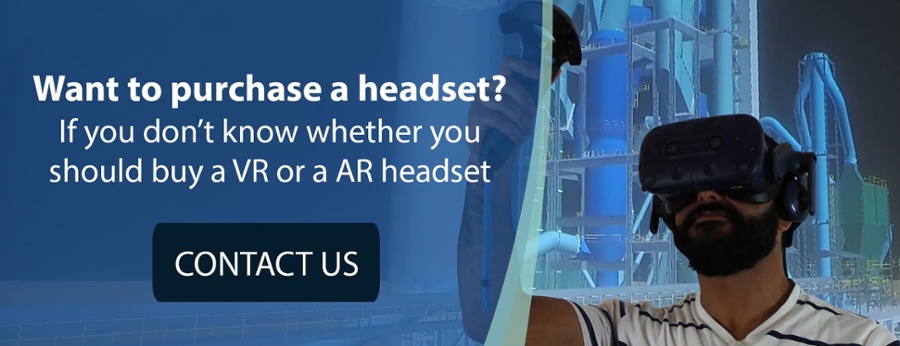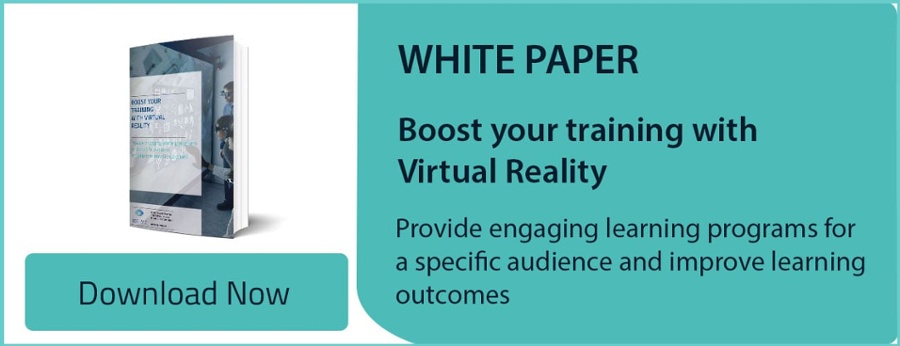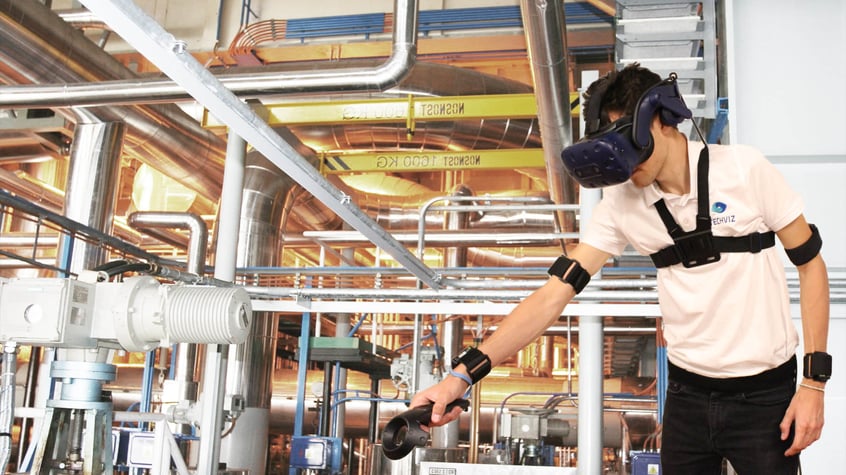
For years, maintenance has been perceived as critical to the productivity performance, but treated as an afterthought during the development phase and as a pain point in the operation phase.
Maintainability had unmet needs that were hard to address with traditional development and production techniques. Yet, with the cost of service being built into the ownership model of an ever-larger number of products, companies are increasingly paying attention to ensure easy and efficient maintainability. The rise of new technologies, such as the Virtual and Augmented Realities (VR /AR), the Internet of Things (IoT) associated with Artificial Intelligence are changing dramatically the way it is addressed.
In this article, we will see which of these technologies serve which purpose, and how, taken together, they put maintenance at the center stage of industrial efficiency in many sectors such as manufacturing, oil & gas, aerospace, etc…
The article is divided into 3 parts:
- How to plan adequately maintenance during the development phase thanks to VR
- How to ensure smooth operations by implementing predictive maintenance with IOT and AI
- How to solve issues performing remote assistance to maintenance with AR and VR
Virtual Reality to assess maintenance scenarios
Until recently, serviceability and operability of a product were often de-prioritized during the development compared to other tasks, considered more urgent to meet the target launch date. This was leading to a certain number of issues such as a commonly wear part being inaccessible without the removal of important subassemblies
Critical errors where are no longer acceptable. To avoid such situations, Virtual Reality is now commonly used to assess maintenance scenarios and ensure they don’t happen. With VR software such as TechViz, it is possible to display the CAD model of the future product or installation, and test the feasibility of maintenance operations. Engineers can find the right balance between optimization of assembly in initial build and optimization of maintenance and repair. They also provide a unique way to test the accessibility in real-world conditions of very confined space such as an airplane wing or a submarine, with the help of body-tracking and hand-tracking solutions. By precisely capturing the motions of the user testing the maintenance scenario, they can detect and show collisions between his body and the model.
IoT and AI for predictive maintenance
Traditionally, most maintenance strategies were either purely reactive (fixing a breakdown when it occurs) or blindly reactive (maintenance on fixed calendar). Yet, according to ARC Advisory Group research, 82% of assets have a random failure pattern. Said otherwise, these strategies were essentially ineffective in managing equipment downtime and maximizing lifetime.

Thanks to the Internet of Things (IoT), companies are now able to shift from these two strategies of reactive maintenance (“fail-and-fix”) or preventive maintenance (fixed schedule) to “predict-and-prevent” maintenance. Indeed, there is now a whole array of sensors that are able to provide indicators and alerts. Embedded into the Digital Twin of the installation, they make it easier to prevent and identify a problem before an actual breakdown.
Predictive maintenance offers both immediate and long-term reliability benefits and cost savings. On top of creating the ability to continuously monitor asset performance, it is associated with a self-learning process. All the information collected by the sensors is captured and processed by AI to detect early signals of an upcoming incident. This results in a real-time remote machinery prognostics and health management, maximizing the efficiency of the asset for the company.
AR and VR with Cloud collaboration for remote assistance
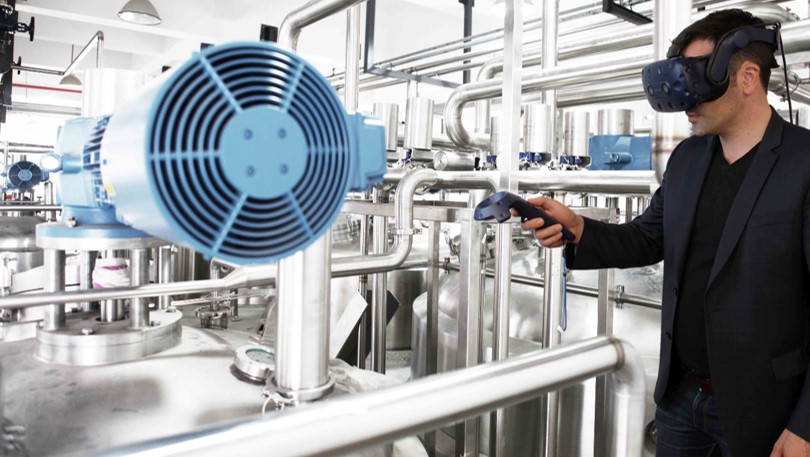
Based on the ability to provide remote instructions, VR and AR are enabling new paradigms for maintenance, including remote assistance and maintenance tailored to the workers’ skills. This has been brought about because of the rising complexity of industrial equipment and machinery. Maintenance workers sometimes struggle in an era of numerous product variants and configurations, particularly when one considers the technologically-advanced capabilities that accompany most equipment.
This use of AR and VR in maintenance operations has already been around for some years. On the other hand, what remains very innovative is the possibility to provide remote assistance by holding a collaboration session directly in a virtual scene. For instance, an equipment vendor can help his customer fix an issue or the technical team in the head office of an oil engineering company can support the operational team on the drilling site. They now can “meet” in the virtual twin of the installation to be maintained. There is no need for fancy equipment or outrageous computer power on the operations side. What is necessary is just a standard VR/AR headset and reasonable bandwidth. This has been made possible thanks to Cloud computing. Indeed, these solutions, such as TechViz’ Cloud&Viz, leverage the power of the Cloud by performing remotely the scene rendering and just streaming images to the users.
When combined with monitoring and asset management systems, all these new technologies can give companies better visibility over their assets, greatly reducing previously uncontrollable challenges such as distance and environment.
Many other industries have adopted virtual and augmented technologies to help their businesses. Why not yours?
Other blog posts that could interest you:
Want to know more about professional VR? Check-out our other articles about the evolution of virtual and augmented reality, and how it could benefit your business:
• Cloud VR: the next step for professional use of Virtual Reality
• Design better workplaces with the integration of human factors in VR
• How AR/VR helps Tooling and Machinery harness the full potential of the Smart Factory
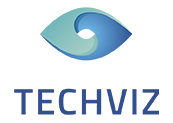





 Back to Blog
Back to Blog
